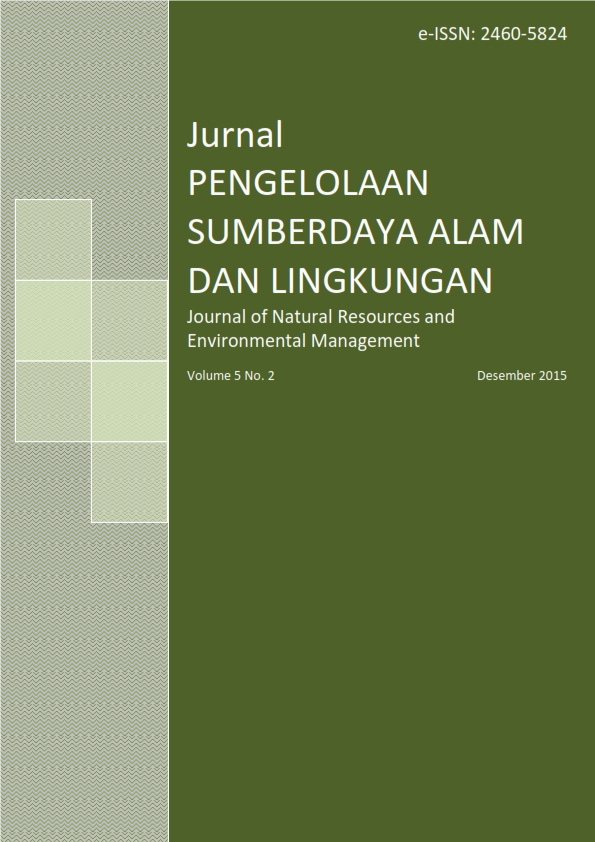KELAYAKAN REHABILITASI MANGROVE DENGAN TEKNIK GULUDAN DALAM PERSPEKTIF PERDAGANGAN KARBON DI KAWASAN HIJAU LINDUNG MUARA ANGKE, PROVINSI DKI JAKARTA
Abstract
Mitigation of climate change due to CO2 emissions, the forestry sector developed a REDD+ scheme. This study was conducted to examine financial feasibility of the mangrove rehabilitation with guludan technique, so that further funding of mangrove rehabilitation can be included into REDD+ scheme. Guludan technology was developed to overcome the deep water column for mangrove rehabilitation in the former pond area. This technique has been developed for mangrove species Avicennia marina with spacing 0.25 m x 0.25 m, 0.5 m x 0.5 m, and 1 m x 1 m. Based on diameter and height growth of 36 months planted seedlings of A.marina followed logistic model. CO2 sequestration 386.34 t/ha, 131.12 t/ha, and 26.75 t/ha in 0.25 m x 0.25 m, 0.5 m x 0.5 m, and 1 m x 1 m spacing. With CO2 sequestration selling price of €20,00/t CO2 and rehabilitated land area of 10 ha, this rehabilitation action using guludan technique is not financially feasible, because the criteria for a negative NPV, Net B/C< 1, and IRR < the investment rate, which is 12%. The alternative for this is by implementing material efficiency and increasing carbon selling price as much €54.5/t CO2 for the spacing 0.25 m x 0.25 m; €122/t CO2 for the spacing 0.5 m x 0.5 m; and €580/t CO2 for the spacing 1 m x 1 m.
Keywords: Avicennia marina, guludan, CO2 sequestration, plant spacing, and financial feasibilityAuthors
Authors who publish with this journal agree to the following terms:
- Authors retain copyright and grant the journal right of first publication with the work simultaneously licensed under a Creative Commons Attribution License that allows others to share the work with an acknowledgement of the work's authorship and initial publication in this journal.
- Authors are able to enter into separate, additional contractual arrangements for the non-exclusive distribution of the journal's published version of the work (e.g., post it to an institutional repository or publish it in a book), with an acknowledgement of its initial publication in this journal.
- Authors are permitted and encouraged to post their work online (e.g., in institutional repositories or on their website) prior to and during the submission process, as it can lead to productive exchanges, as well as earlier and greater citation of published work (See The Effect of Open Access).






